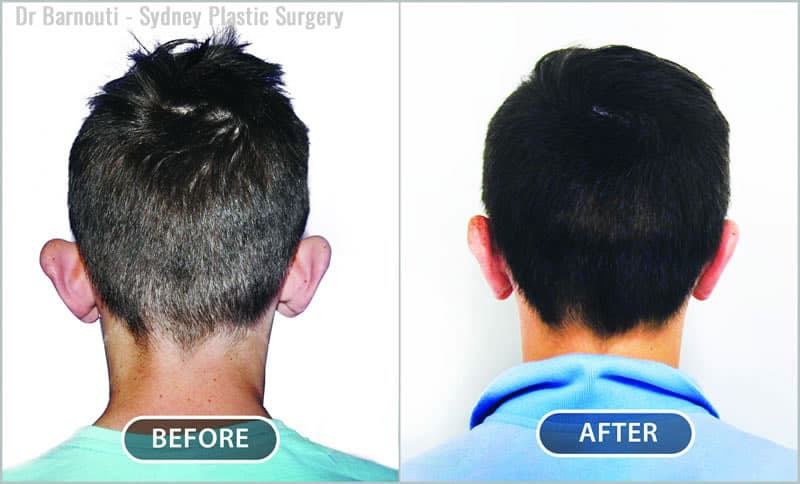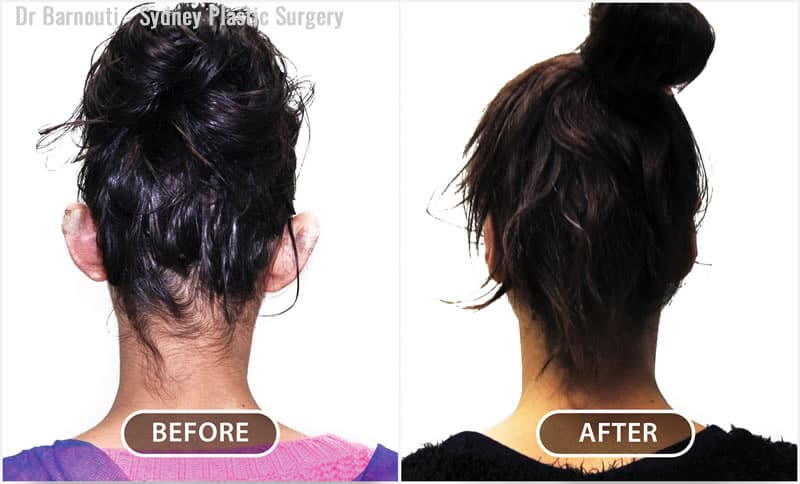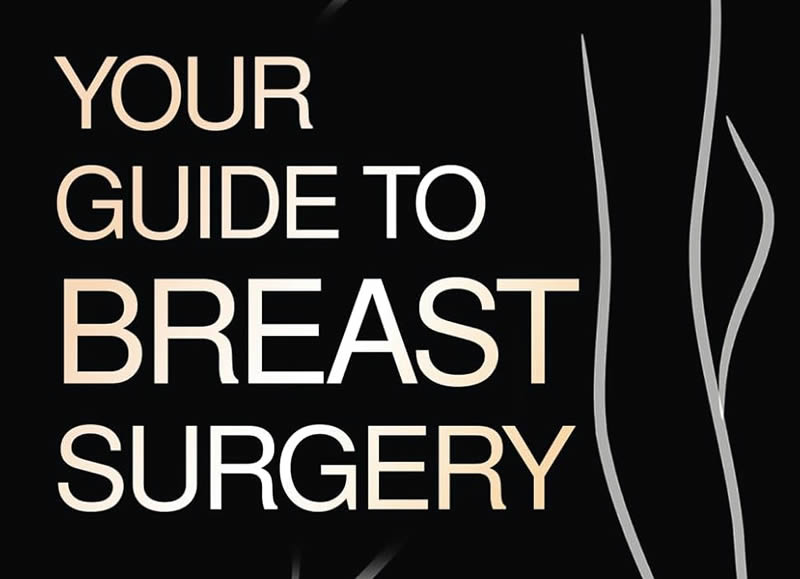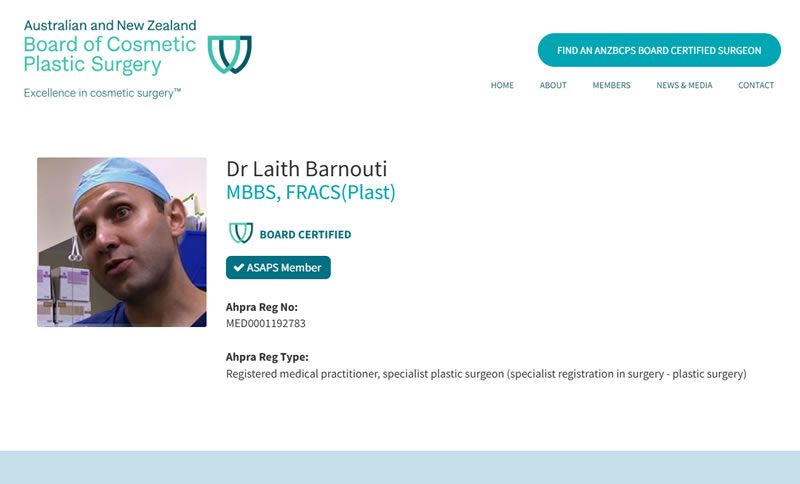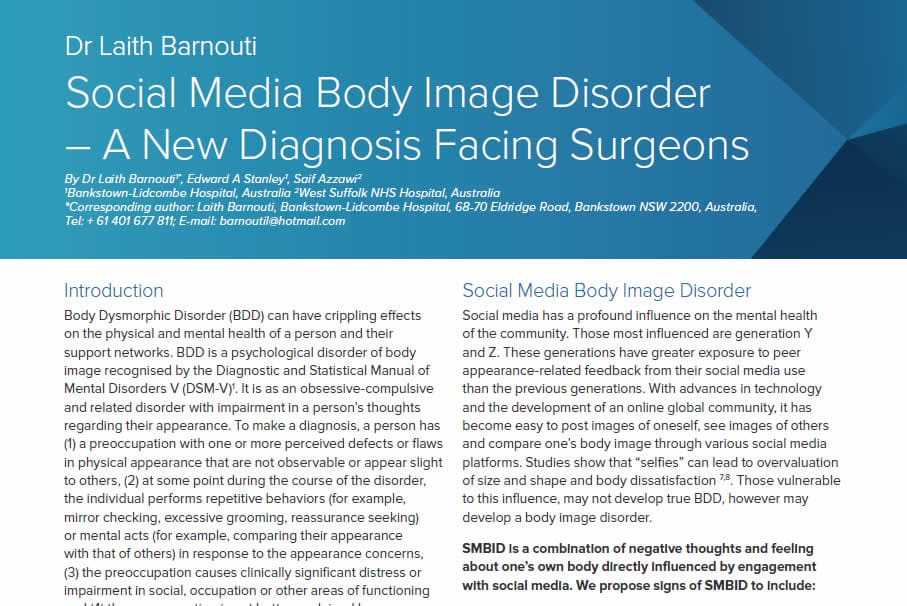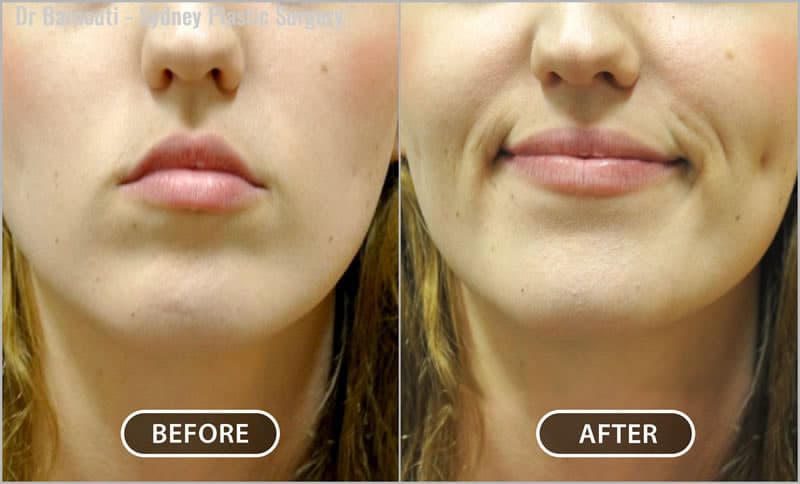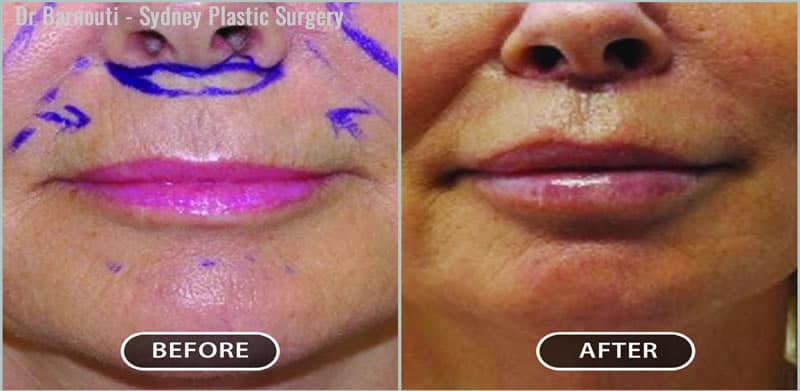Not only do this patient’s ears now lie against his head, but the scars are hidden.
Ear pinning surgery, sometimes called otoplasty, is used to treat a condition where one or both ears are more prominent than usual.
Otoplasty correction works by repositioning prominent ears closer to the head and improving the shape of the ears. Having prominent ears is a relatively common condition which can present in several different ways.
To correct prominent ears, an incision is made on the back of the ear to expose the cartilage. Usually, a small portion of the cartilage is removed and then folded towards the head and the ear is stitched back to hold it in its new position. An otoplasty procedure usually takes about 90–120 minutes and the resulting scars are behind the ear where they can’t be seen.
This blog post is an excerpt from Dr Barnouti’s book “Your Guide To Modern Plastic Surgery: How To Enhance Your Natural Beauty And Avoid A Plastic Surgery Disaster” which is available now on Amazon.
As you can see, the position and symmetry of a patient’s ears are important in planning the surgery.


